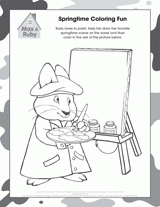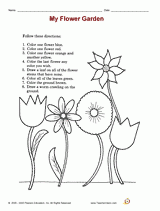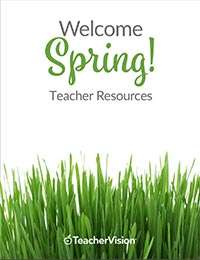Use a School Readiness Activity to provide early literacy thinking experiences for preschool children that will prepare them to do well in the early grades.
Grades:
Subjects:
Drawing A Face
Purpose/Skills- To understand that facial expressions convey emotion
- To use fine-motor skills
Materials
Paper, crayons, mirror, chart paper, markers
Read Oonga Boonga by Frieda Wishinsky, or any book with interesting faces to study and draw.
Vocabulary
| draw | eyes |
| nose | eyebrows |
| mouth | lips |
| teeth | hair |
| face |
Warm-Up
Ask children to look in a mirror. Have them touch the different parts of their faces and name them.
Procedure
- Read the book or just flip through the pages and talk about the faces. Help children notice face parts and expressions. Ask them to describe the faces.
- Discuss the expressions: "This person is smiling; she must be happy."
- Ask children to say the names of the parts of the face. Record their answers on the board or on chart paper. Write each word and draw a simple picture next to it. Ask children to choose a partner and draw their friend's face. Encourage children to have the friend write his or her name under the picture.
Have a face painting party, where you paint the faces of willing children with watercolors. Encourage children to describe the colors and images you use.
Observation Assessment
- Proficient - Child knows the words that name parts of the face, and is able to draw a face and write his or her name or other scribbles.
- In Process - Child can name one or two facial features, but is uncomfortable and awkward drawing and writing.
- Not Yet Ready - Child cannot yet name face parts, or avoids drawing and writing.












